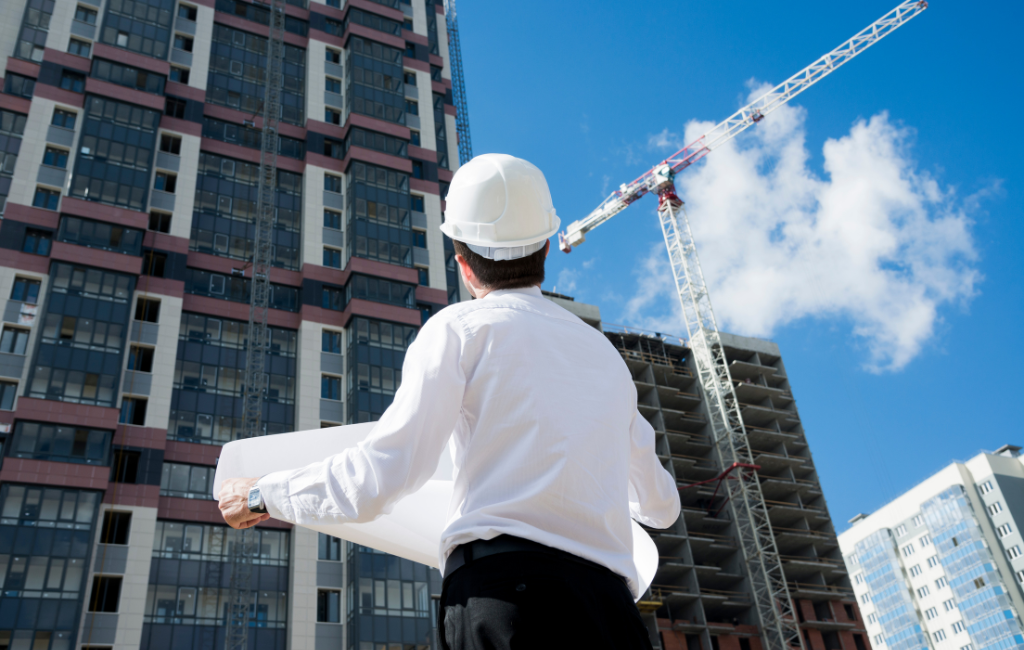Architect Vision: Shaping Modern Spaces
In the ever-evolving field of architecture, the vision of architects plays a pivotal role in shaping the spaces we inhabit. From residential homes to towering skyscrapers, the influence of architectural vision is evident in every corner of our built environment. This article explores how architects are redefining modern spaces, focusing on innovative designs, sustainable practices, and the integration of technology.
Innovative Designs: Breaking Traditional Boundaries
Architects today are pushing the boundaries of design, creating structures that challenge conventional norms. This shift is driven by a desire to create spaces that are not only functional but also aesthetically pleasing and reflective of contemporary lifestyles.
- Parametric Design: This approach uses algorithms to generate complex forms and structures, allowing for unprecedented creativity and precision. Zaha Hadid Architects, for example, have employed parametric design in projects like the Heydar Aliyev Center in Baku, Azerbaijan, which features fluid, organic shapes.
- Adaptive Reuse: Transforming old buildings into new spaces is gaining popularity. The High Line in New York City is a prime example, where an old railway line was converted into a public park, blending history with modern urban design.
- Biophilic Design: Incorporating natural elements into architecture enhances the connection between humans and nature. The Bosco Verticale in Milan, Italy, is a striking example, with its vertical forest concept that integrates greenery into urban living.
Sustainable Practices: Building for the Future
As environmental concerns grow, architects are increasingly focusing on sustainability. This involves designing buildings that minimize environmental impact and promote energy efficiency.
- Green Building Certifications: Programs like LEED (Leadership in Energy and Environmental Design) encourage sustainable building practices. The Edge in Amsterdam, often cited as the world’s most sustainable office building, boasts a LEED Platinum certification.
- Passive Design Strategies: These strategies reduce energy consumption by utilizing natural resources. The Bullitt Center in Seattle is a model of passive design, using solar panels, rainwater harvesting, and natural ventilation.
- Material Innovation: The use of sustainable materials is on the rise. Cross-laminated timber (CLT) is gaining traction as a renewable alternative to steel and concrete, offering both strength and sustainability.
Integration of Technology: The Digital Revolution
Technology is transforming architecture, enabling architects to design and construct buildings with greater efficiency and precision. The integration of digital tools and smart technologies is reshaping the way spaces are conceived and experienced.
- Building Information Modeling (BIM): BIM allows architects to create detailed digital representations of buildings, facilitating collaboration and reducing errors. The Sydney Opera House’s recent renovation utilized BIM to preserve its iconic design while upgrading its facilities.
- Smart Buildings: These structures use technology to enhance comfort and efficiency. The Edge in Amsterdam, mentioned earlier, is equipped with smart lighting and climate control systems that adapt to user preferences.
- Virtual Reality (VR) and Augmented Reality (AR): VR and AR are revolutionizing the design process by allowing architects and clients to visualize spaces before they are built. This technology enhances decision-making and improves client satisfaction.
Case Studies: Exemplifying Modern Architectural Vision
Several projects around the world exemplify the innovative vision of modern architects. These case studies highlight how design, sustainability, and technology converge to create remarkable spaces.
- The Louvre Abu Dhabi: Designed by Jean Nouvel, this museum features a stunning dome that filters sunlight, creating a “rain of light” effect. The design reflects the region’s cultural heritage while incorporating modern engineering techniques.
- The Crystal: Located in London, this building is one of the world’s most sustainable. Designed by WilkinsonEyre, it uses solar power, rainwater harvesting, and energy-efficient systems to achieve a carbon-neutral status.
- Apple Park: Apple’s headquarters in Cupertino, California, designed by Foster + Partners, is a testament to innovation and sustainability. The circular building is powered by renewable energy and features extensive green spaces.
Challenges and Opportunities in Modern Architecture
While the vision of architects is reshaping modern spaces, challenges remain. Balancing aesthetics with functionality, addressing environmental concerns, and integrating technology without compromising design are ongoing hurdles. Yet, these challenges present opportunities for architects to innovate and redefine the built environment.
Collaboration across disciplines is becoming increasingly important. Architects are working closely with engineers, urban planners, and environmental scientists to create holistic solutions that address complex issues. This interdisciplinary approach is paving the way for more resilient and adaptable spaces.
Conclusion
The vision of architects is a driving force in shaping modern spaces. Through innovative designs, sustainable practices, and the integration of technology, architects are redefining the way we live and interact with our environment. As challenges persist, the opportunity for creativity and collaboration continues to grow, promising a future where architecture not only meets the needs of today but anticipates the demands of tomorrow.
